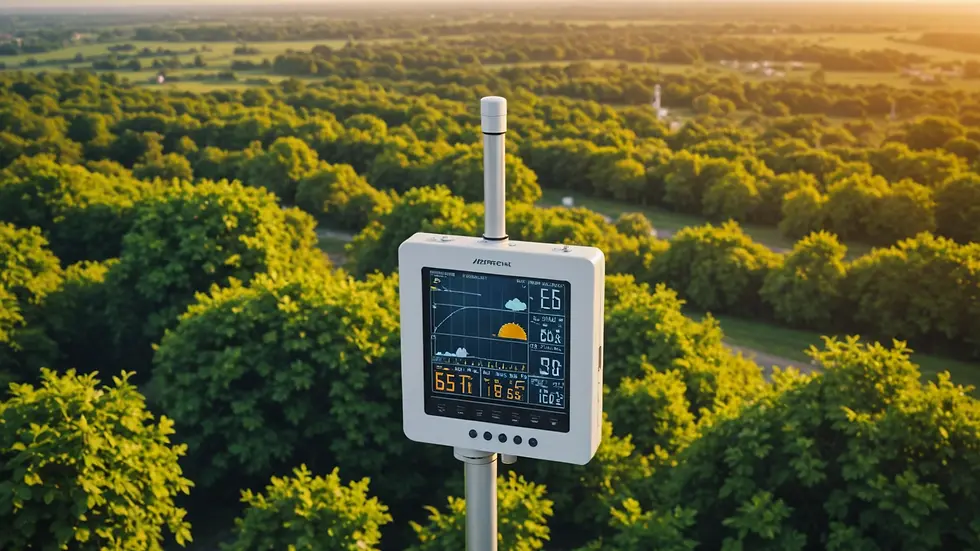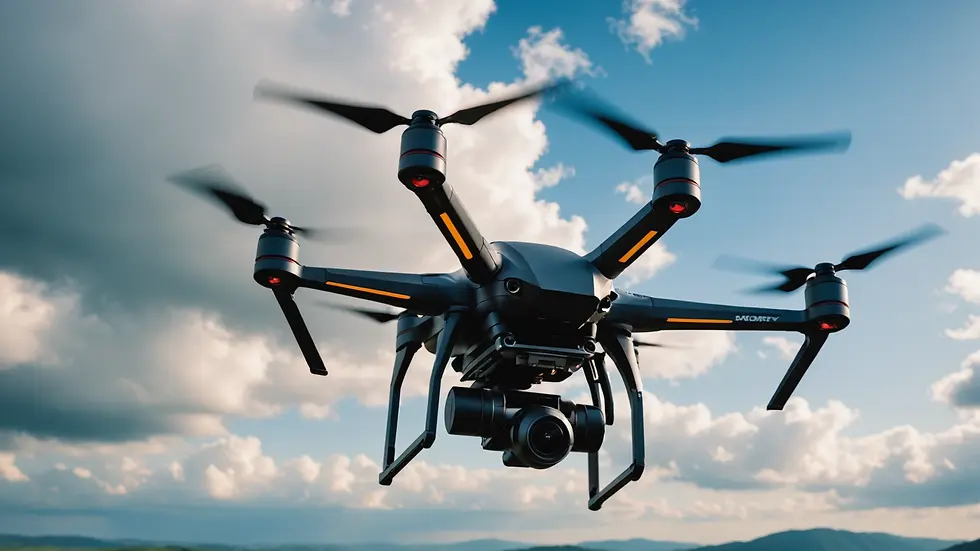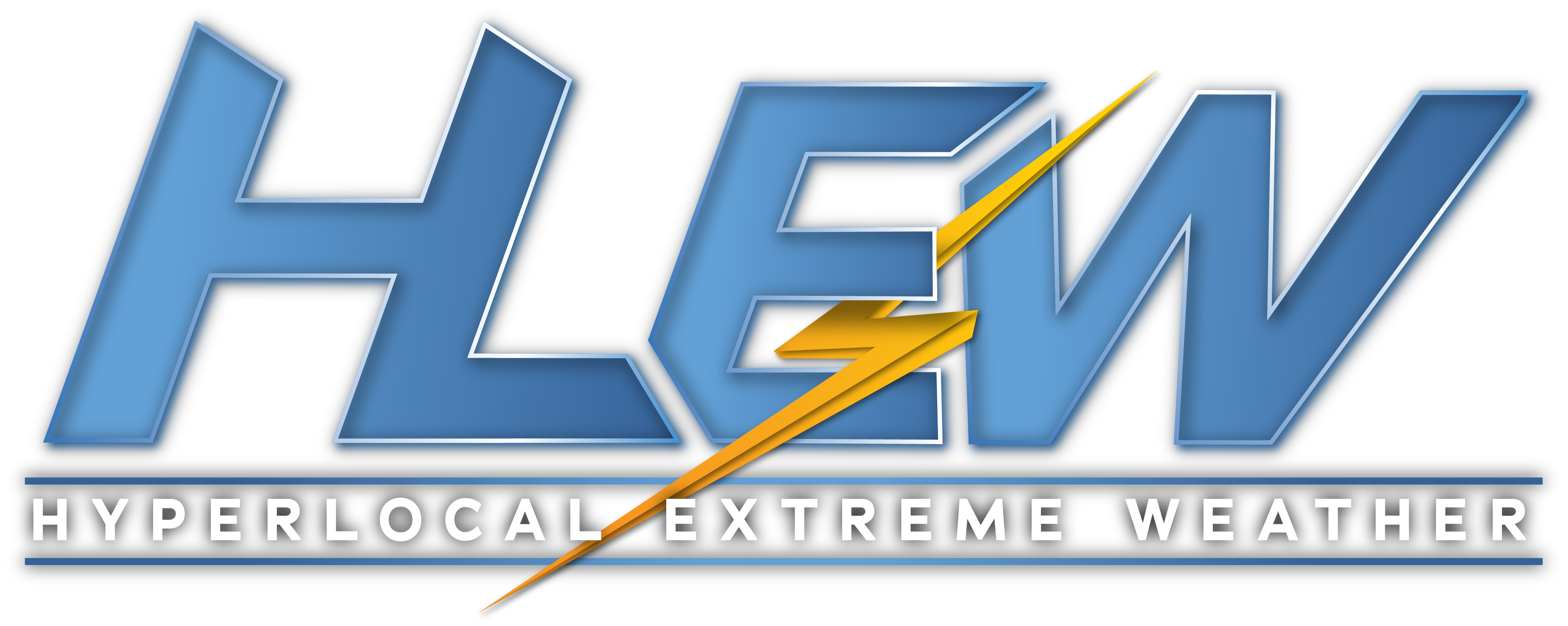The Role of Technology in Hyperlocal Weather Updates
- Joshua Bailey

- Mar 3
- 4 min read
In today’s fast-paced world, knowing the weather is more crucial than ever. With the advancement in technology, hyperlocal updates are becoming increasingly accessible. These updates provide precise weather information tailored to small geographical areas, allowing people to prepare better for impending weather conditions.
Understanding Hyperlocal Updates
Hyperlocal weather updates focus on providing weather information for a very specific area, often down to the neighborhood or street level. Traditional weather forecasts generally provide broader outlooks that may not accurately represent local phenomena. In contrast, hyperlocal reports utilize various technologies to give individuals the details they need.
According to a report by the National Weather Service, accurate hyperlocal updates can improve preparation for severe weather events by up to 30%, allowing communities to act swiftly. This localized approach is vital for farmers, outdoor event planners, and everyday individuals making travel plans.

The evolution of data collection methodologies has played a significant role in the improvement of hyperlocal weather forecasts. Technologies such as IoT (Internet of Things) sensors, a network of small weather stations, and improved satellite imagery have all come together to create more precise and reliable outputs.
The Technology Behind Hyperlocal Weather Updates
Several technologies drive the emergence and effectiveness of hyperlocal weather updates. Here are some key innovations:
IoT Sensors
The integration of IoT sensors is revolutionizing how weather data is collected. These sensors can be placed in a variety of locations, including residential homes and businesses, to gather real-time data on temperature, humidity, and wind speed. This localized information feeds into algorithms that generate hyperlocal forecasts.
A study conducted by the Massachusetts Institute of Technology found that using IoT sensors can enhance weather prediction accuracy by up to 25%.
Weather Drones
Another innovative tool in hyperlocal weather reporting is the use of drones. Equipped with weather sensors, drones can cover difficult terrain and gather data in real-time. They are especially useful in areas affected by natural disasters, where traditional methods may be hindered.
For instance, drones have been employed in hurricane monitoring, providing critical data that informs evacuation plans and emergency responses.

Enhanced Satellite Imagery
Satellite technology has made great strides over the years. With high-resolution imagery, meteorologists can observe localized weather patterns better than ever before. Satellites can capture real-time data that can identify storm formation and track its path with incredible precision.
This technology is essential for researchers and public services, as it helps issue timely warnings, keeping communities safe from adverse weather conditions.
Does Weather Underground Cost Money?
Weather Underground is one of the pioneers in the field of providing weather data, including hyperlocal weather updates. It operates on a freemium model, meaning there are both free and premium services available. The free version allows access to basic features, while the premium subscription offers advanced tools such as customized alerts and detailed weather maps.
According to their website, the premium subscription is $19.99 per year, which many users find worthwhile, considering the advanced forecasting tools available. This accessibility has contributed to Weather Underground's popularity among both hobbyist meteorologists and everyday users.

The Impact of Hyperlocal Weather on Daily Life
Hyperlocal weather updates significantly influence various aspects of daily life. Businesses leverage detailed forecasts for effective planning and operations, and individuals rely on them for personal safety and convenience.
Agriculture and Farming
Farmers benefit immensely from hyperlocal weather updates. These forecasts help them schedule irrigation, harvest crops, and protect plants from harsh weather conditions. For instance, a farming cooperative in California reported a 20% increase in yields after adopting localized weather reporting.
Event Planning
Outdoor events can be particularly vulnerable to weather changes. Event planners are increasingly relying on hyperlocal updates to ensure a successful gathering. Access to accurate forecasts enables better decision-making regarding cancellations or modifications to activities.
Everyday Activities
Sports enthusiasts and everyday commuters also benefit from hyperlocal data. A simple jogger may check hyperlocal updates to determine the best time to avoid rain, while commuters are informed about sudden thunderstorms or road conditions due to the weather.
Looking to the Future of Hyperlocal Weather Updates
As technology continues to evolve, the future of hyperlocal weather updates looks promising. Advances in AI and machine learning are expected to enhance predictive analytics, resulting in even more accurate forecasts.
Increased Collaborations
Partnerships between tech companies and meteorological organizations are becoming more common. These collaborations focus on sharing data and developing innovative tools to improve localized weather predictions further.
Community Involvement
Crowdsourced weather data is expected to become increasingly relevant. By allowing residents to contribute data through mobile apps or online platforms, communities can generate richer weather information. This participation enhances the precision of hyperlocal reports, making them even more reliable.

Integration with Smart Home Devices
The future may also see hyperlocal weather updates integrated with smart home devices. Imagine having your smart thermostat adjust automatically based on precise local weather conditions or your home irrigation system watering plants only when needed. Such innovations could streamline daily functions and make life more convenient.
Final Thoughts
The role of technology in hyperlocal weather updates cannot be overstated. The integration of IoT sensors, drones, and enhanced satellite imagery is shaping how we understand and respond to the weather in our immediate surroundings. The future holds even more promise with the continued evolution of technology and community involvement.
Understanding hyperlocal weather patterns can lead to better decision-making, whether it's preparing for a storm or planning a weekend hike. By harnessing these technologies, we can not only improve our daily lives but also foster a more resilient society in the face of changing weather patterns. For more resources and insights on hyperlocal weather, consider visiting Hyperlocal Extreme Weather.




Comments